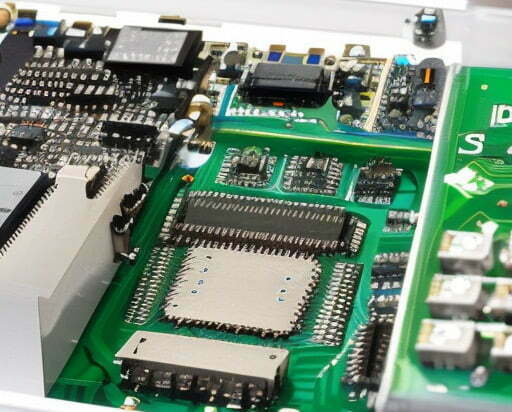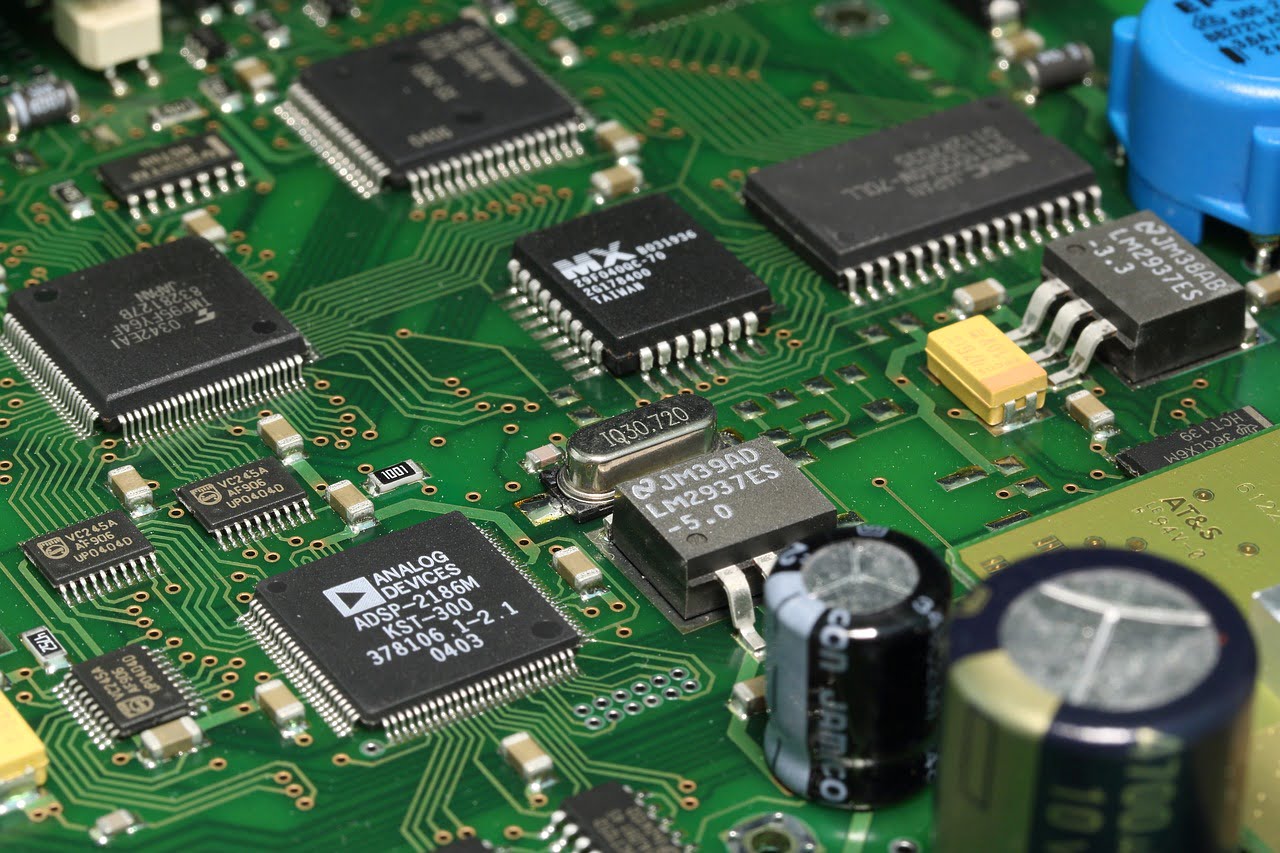Embedded systems are based on microprocessors to control the operation of other devices or monitor their performance. They are usually small and compact, so their size must be taken into account when designing them.
An embedded system may have a limited user interface, but most often it has no user interface at all. In these cases, humans interact with these systems through manual controls such as switches and dials, or automated controls such as sensors and actuators. The process of integrating hardware and software components into an embedded system is known as embedded computing.
embedded system definition
An embedded system is a computer system unit with specific functions and features. It is designed to operate within other devices as part of their logical or physical structure. And it is typically embedded into a larger system, such as a car, a plane, or a smartphone.
embedded system architecture
An embedded system is composed of hardware and software. It includes only its operating environment and operating system, as well as all of its software content. The hardware includes many elements, including signal processors, memory, communication modules, and so on. Because of their unique structure, embedded systems differ significantly from computer processing systems. Because there is no large-capacity storage medium to match it, the embedded system cannot store huge amounts of information. In addition, most storage media utilised include EPROM, EEPROM, etc., the software portion of the development platform is an API interface.
hardware structure
The hardware part of an embedded system looks no different from that of a general computer system. It is composed of processors, memory, external devices, I/O interfaces , and graphics controllers.

CPU
The cpu of an embedded system includes an arithmetic unit and a controller module. It is further equipped with a memory module, a power module, a reset module, etc.
Flash
In order to meet the requirements of embedded systems in terms of speed, volume and power consumption, operating systems, application software. Special data that need to be stored for a long time usually do not use large-capacity and slow-speed storage media such as disks, but most use EPROM , E2PROM or flash memory.
A/D modules
In embedded systems, A/D or D/A modules are mainly used for measurement and control, which are rarely used in general-purpose computers.
Bus
Depending on the actual application and scale, some embedded systems will use an external bus. With the rapid expansion of application fields, more and more types of buses are used in embedded systems.
software system
The software system of the embedded system is designed for the specific hardware system and user requirements of the embedded system. It is an important part of the embedded system and the key to realize the functions of the embedded system. It is divided into four layers: driver layer, operating system layer, middleware layer and application layer.
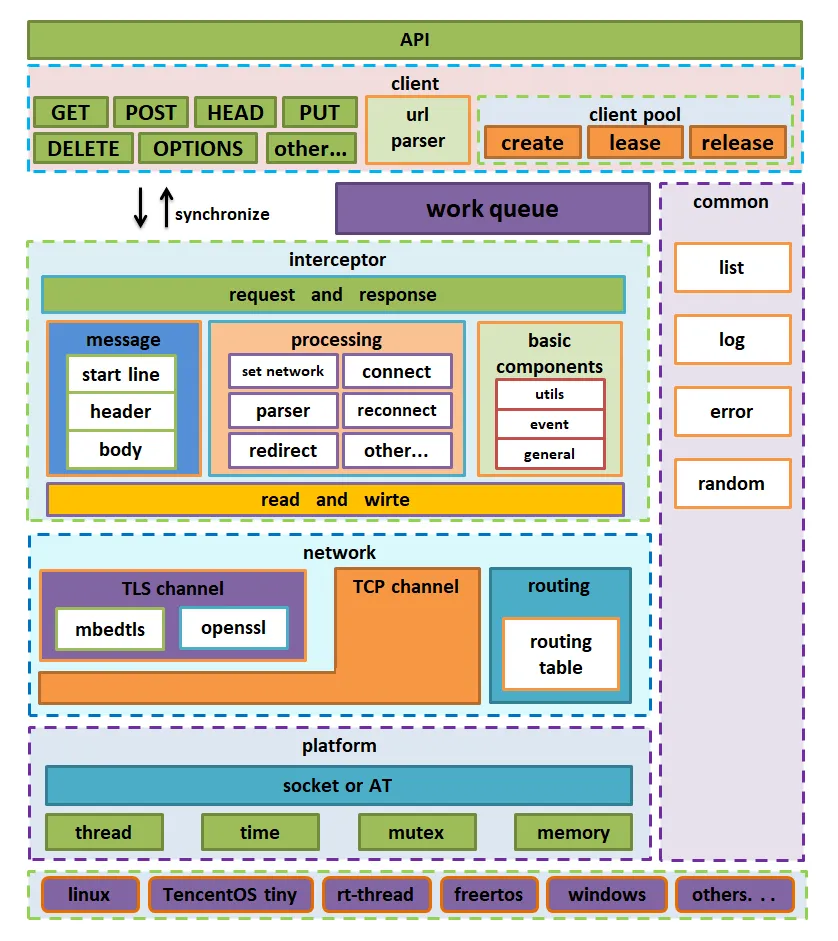
1. driver layer
The driver layer is a layer that directly connected with hardware, and it provides hardware drivers or underlying core support for operating systems and applications. In embedded systems, a driver is sometimes called a board support package (BSP). BSP has the function of initializing the basic hardware environment of the system after the embedded system is powered on. The basic hardware includes microprocessor, memory, interrupt controller , DMA , timer and so on. Driver layer-generally there are three types of programs, namely board-level initialization program, standard driver program and application driver program.
2. operating system layer
The operating system in the embedded system has the core functions of the general operating system, and is responsible for the allocation of all software and hardware resources of the embedded system, scheduling work control, and coordinating concurrent activities. It still has embedded features and belongs to the embedded operating system (EOS). The mainstream embedded operating systems include Windows CE, Palm:OS, Linux , VxWorks.pSOS.QNX.LynxOS, etc. With an embedded operating system, writing applications is faster, more efficient, and more stable.
3. middleware layer
Middleware is software used to help and support the development of application software. It usually includes databases, network protocols, graphics support and corresponding development tools, such as MySQL, TCP/IP , GU1, etc.
4. application layer
Embedded application software is software that is aimed at a specific application field and used to achieve the user’s expected goals. There is a certain difference between embedded application software and ordinary application software. It not only requires that it can meet the needs of practical applications in terms of accuracy, security and stability, but also needs to be optimized to reduce the consumption of system resources and hardware cost.
how embedded system works?
An embedded system is a computer system that is designed to perform specific tasks within a larger system. It is usually embedded as part of a complete device, such as a car or a consumer appliance, and its purpose is to control or monitor the device in which it is embedded.
Embedded systems are typically built around a microprocessor, with specialized hardware and software designed to perform a specific task. They are often designed to operate in real-time, meaning that they must respond to external events within a specific timeframe. This can make them challenging to design and debug, but it also allows them to be very efficient at executing their intended tasks.
Embedded systems can be found in a wide variety of devices, from cars and aircraft to home appliances and industrial machinery. They are becoming increasingly common as technology advances and more and more devices are designed to be interconnected.
classification of embedded system
An embedded system can be classified in various ways, depending on the criteria used. One common classification is based on the system’s complexity. Simple systems may only require a microprocessor, while more complex systems may require a microprocessor, memory, I/O devices, and software. Other classifications include the type of application, the type of processor, the size of the system, and the system’s development cycle.
Based on complexity
Simple embedded systems:
These systems only require a microprocessor.
Moderate embedded systems:
These systems require a microprocessor and memory.
Complex embedded systems:
These systems require a microprocessor, memory, I/O devices, and software.
Based on Performance and Function
Real-Time Embedded Systems:
These are computer-based applications that run real-time tasks such as controlling robotic systems, monitoring conditions, or taking measurements in manufacturing or industrial settings. These systems are typically characterized by stringent latency requirements and may have low bandwidth, low latency requirements. This type of system is usually deployed on battery-operated devices, such as sensors.
Stand Alone Embedded Systems:
Standalone systems are on their own and don’t rely on a connection to operate. They don’t share data with other systems, and the data stays on the device. These are simple systems that don’t require much data storage or processing power. Smaller devices like fitness trackers, home security systems, or MP3 players are examples of standalone systems. In these cases, the bulk of the data is used during the installation process or is generated during normal operation of the system. These systems don’t require internet connectivity, so they can run separately from the main system.
Networked Embedded Systems:
Networked embedded systems enable the collection and analysis of data from sensors and devices. These systems are connected to each other as well as to the Internet to enable easy transfer of data and remote access to the data. They are also connected to other systems such as ERP, CRM, and supply chain systems. Networked embedded systems are widely used in sectors such as oil and gas, electric power, aerospace and defense, automobile, and healthcare.
Mobile Embedded Systems:
Mobile embedded systems are small, portable devices that can be used on the go. They are often used in a mobile environment and may be powered by a battery. These systems may have wireless capabilities and may communicate with other systems. Mobile embedded systems may collect information through sensors or be controlled by a user through a user interface. Mobile embedded systems may be used in the factory or in the office. They may be used to track inventory, monitor location, or scan barcodes. Mobile embedded systems may also be used to send data to the cloud for analysis.
Based on application
Control embedded systems:
These systems are used to control processes or machines.
Communication embedded systems:
These systems are used to transmit and receive data.
Consumer embedded systems:
These systems are used in products for consumers, such as televisions and microwaves.
Industrial embedded systems:
These systems are used in industrial applications, such as factory automation.
embedded systems applications
Because of its small size, high reliability, strong function, flexibility and convenience, the application of embedded controllers has expanded into various fields such as industry, agriculture, education, national defense, scientific research and daily life.
Industrial
In industrial control, the embedded system is the key components of industrial automation. They including electromechanical control, industrial robot, process control, DDC control, DCS control intelligent sensor and traditional industrial transformation, etc.
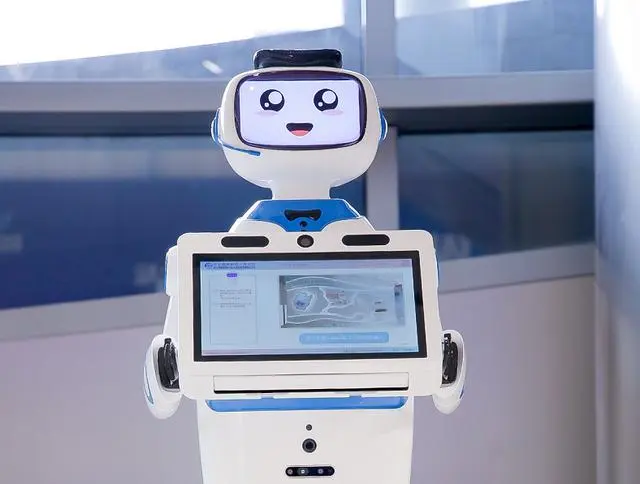
Instrumentation
There are smart instruments, smart meters, medical equipment such as chromatographs, oscilloscopes, etc.

Lighting system
The common embedded systems in telecommunications usually include intelligent line operation control, solar street light, traffic light, etc.
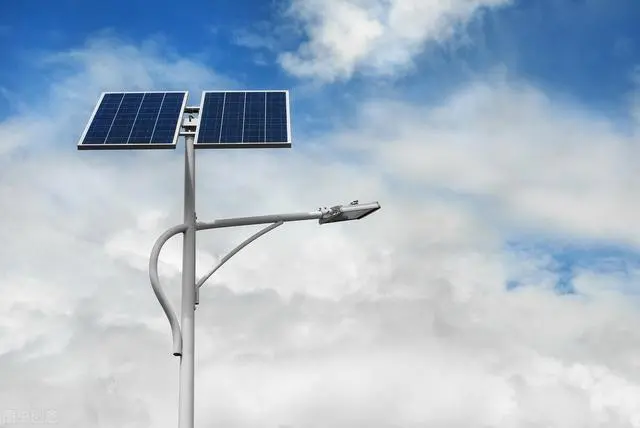
Navigation control
The embedded systems are also used in missile control, torpedo guidance, aerospace navigation system, electronic jamming system, etc.

Civilian equipment
In our daily life, you can see the embedded systems applied in terminals, electronic toys, cameras, projectors, anti-theft controllers, etc.
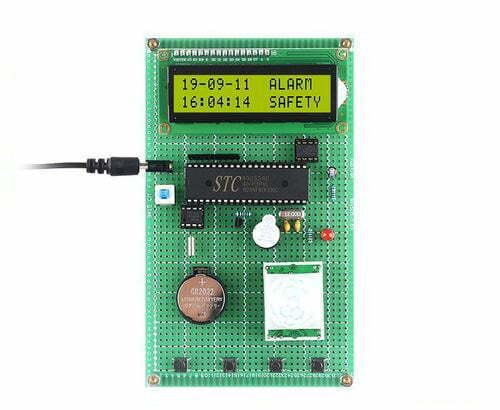
Communication and network
The products such as Computers, mobile phones, TV set-top boxes both have embedded systems in it.
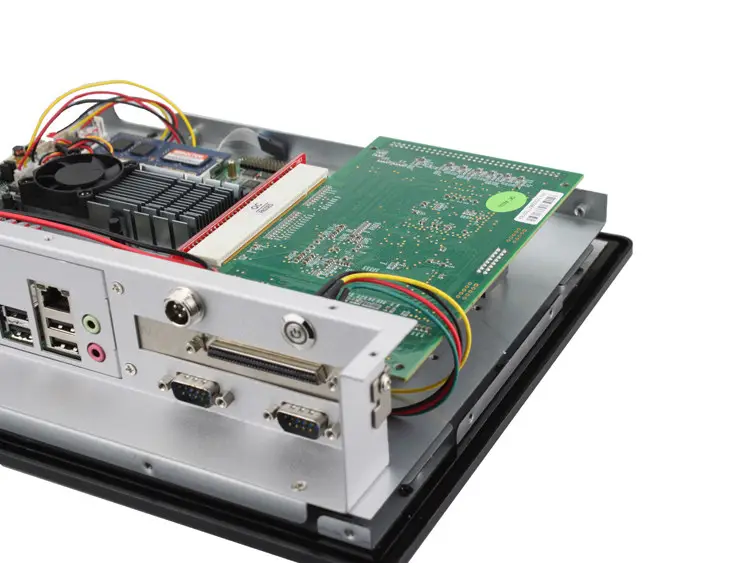
Agriculture
agricultural water saving control system, soilless cultivation technology, intelligent seed engineering, etc.


